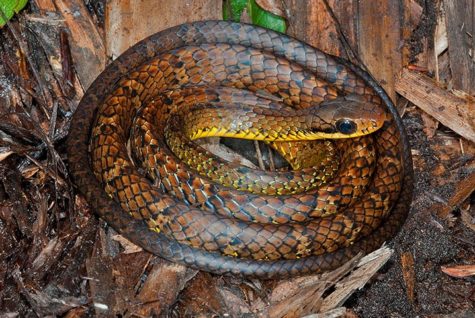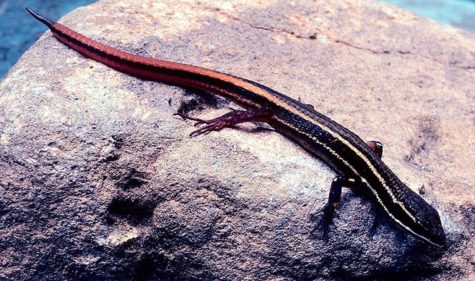381 New Species Discovered in the Amazon Rainforest
September 7, 2017

With all of the recent news about flooding, murders, and Trump, it’s difficult to find anything positive in the media. But fear not, scientists and animal enthusiasts alike will be delighted to hear about the exciting discovery of new creatures in the Amazon Rainforest. The best part? They’re all pretty adorable.

A recent report from the World Wildlife Fund and the Mamiraua Institute for Sustainable Development stated that in 2014 and 2015, there was a study conducted that discovered over 381 new animals. This included 216 plants, 93 fish, 32 amphibians, 20 mammals, 19 reptiles and a single bird.

Our beautiful Earth is huge and has somewhere around 8.7 million species, but many experts say that we have only actually identified over 80 percent. The Amazon is the largest tropical rain forest in the world, so it has the most species of plants and animals. Coordinator of the WWF-Brazil Amazon Program, Ricardo Mello, said in a statement that “We’re in 2017, verifying the existence of new species and even though resources are scarce, we are seeing an immense variety and richness of biodiversity. This is a signal that we still have much to learn about the Amazon.”

Unfortunately, it was hard for researchers to keep track of their discoveries and many of the creatures are nearly already extinct, so they have pledged to continue their research in the area. “For the sake of monitoring and preserving biodiversity,” they say that “the work cannot stop.”
WWF Head of Programs Brazil and Amazon, Sarah Hutchison stated, “The discovery of 381 new species is a wake-up call for the Governments of Amazon countries that they must halt the ongoing and relentless deforestation and work to preserve its unparalleled biodiversity. If they don’t, there will continue to be irreversible impacts on the Amazon’s much loved wildlife, undiscovered species and the indigenous people that call it home.” Hutchison continues to express her concern that the creatures in the rainforest will be long gone before we ever get to them.
Source: usnews.com, mongabay.com












